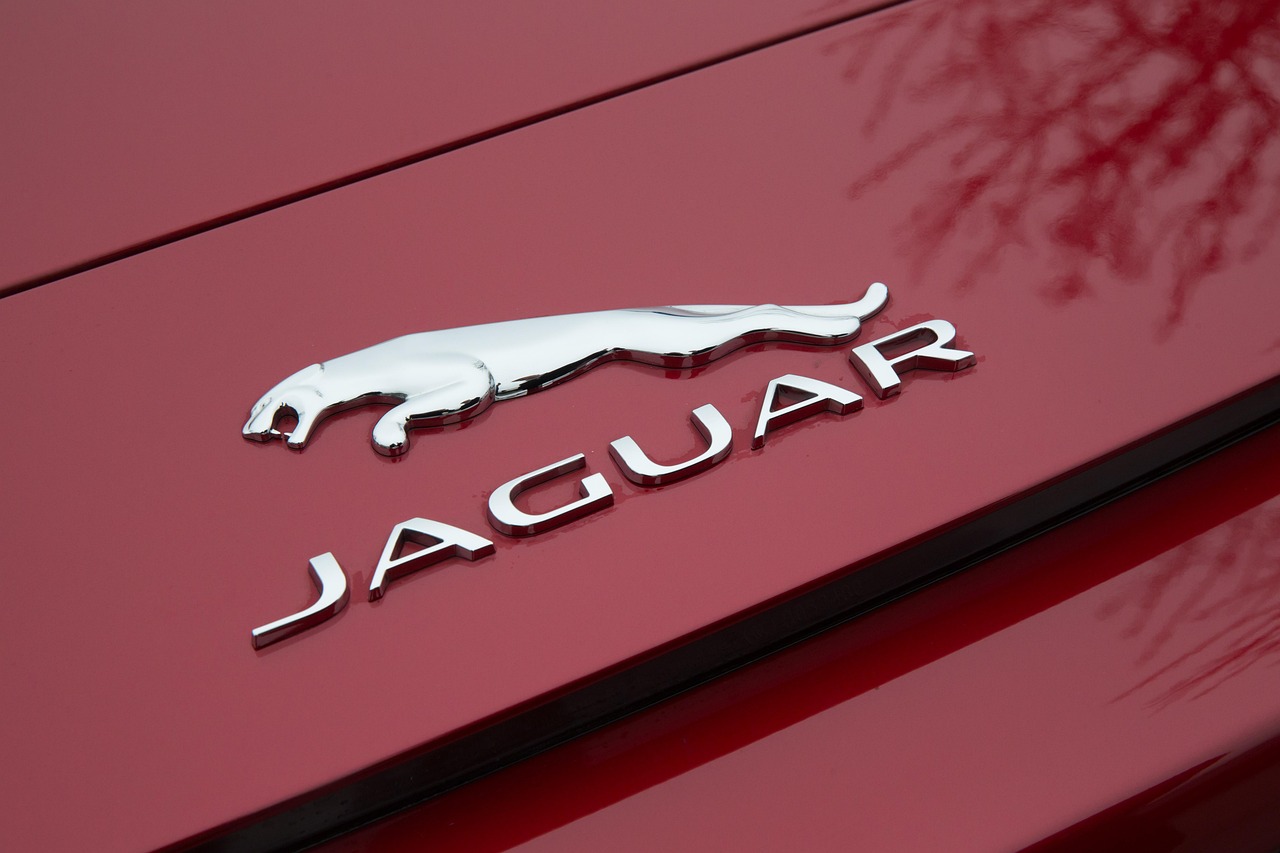The world of branding is rich and diverse, with logos serving as visual symbols that represent businesses and their core values. Understanding the types of logos available is crucial for any brand aiming to establish a memorable identity. This guide delves deep into various logo types, shedding light on their significance and the unique advantages they offer. From wordmarks to emblem logos, our exploration covers the landscape of logo design, providing valuable insights into how each type can impact brand recognition and consumer perception.
Exploring Logo Types
Wordmark Logos
Wordmark logos, or logotypes, consist solely of the brand’s name styled in a distinctive font. This type of logo relies on typography to convey the brand’s essence, making it memorable and easy to recognize. Renowned brands like Coca-Cola and Google have perfected the use of wordmarks, demonstrating that a unique typeface can be as impactful as any icon. These logos are versatile and can be adapted across various mediums, ensuring that the brand name stands out wherever it appears.
For businesses with catchy or unique names, a wordmark can amplify brand visibility. The font selection plays a pivotal role, as it must reflect the brand’s personality and appeal to its target audience. High-end fashion brands often favor wordmarks to communicate sophistication, while tech companies might opt for modern, sleek fonts that project innovation.

Lettermark Logos
Lettermark logos are a simplified approach, utilizing the initials of a company’s name to create a compact logo. Brands like HP and IBM effectively use lettermarks to forge a strong brand identity. This type of logo is particularly beneficial for businesses with lengthy names, allowing them to maintain brand essence without overwhelming the audience.
The design of lettermarks must be deliberate, focusing on fonts and spacing to ensure legibility. Creating a memorable lettermark requires a balance of aesthetics and functionality, ensuring it can be easily recognized across various platforms. This approach also facilitates a more personal connection, as consumers begin associating the initials with the brand over time.
Pictorial Mark Logos
Discovering Brand Marks
Pictorial mark logos, also known simply as brand marks, utilize a graphical symbol to represent the brand. These logos resonate deeply with consumers, evoking emotions and associations beyond mere words. A prime example is the Apple logo, which conveys innovation and sleek design through a simple apple silhouette. The beauty of a pictorial mark is its ability to transcend language barriers, allowing for universal recognition.
When choosing a pictorial mark, it’s essential to select a symbol that encapsulates the brand’s core values and purpose. Companies should aim for simplicity, ensuring the logo remains versatile and easily recognizable even in small sizes. The effectiveness of pictorial marks highlights the power of imagery in branding.

Abstract Logos
Abstract logos take a more artistic approach, featuring unique shapes and designs that may not correspond to real-world objects. These logos allow brands to communicate complex ideas and values through visual art. Companies like Nike have leveraged abstract logos, with the swoosh symbolizing movement and speed without representing any specific object.
Choosing an abstract logo can be both empowering and challenging. The design must resonate with the target audience while clearly expressing the brand’s essence. Because abstract logos are open to interpretation, they can lead to a broader range of associations among consumers.
Mascot Logos
Building a Friendly Face
Mascot logos feature characters that serve as the brand’s representative. These logos create an emotional connection, especially with younger audiences, by personifying the brand and making it relatable. Brands like KFC and the Geico Gecko exemplify successful mascot logos that have become cultural icons.
Utilizing mascots in branding helps humanize the company, turning a product or service into a friendly character consumers can engage with. When designing a mascot logo, careful consideration should be given to the traits and characteristics of the mascot to ensure it aligns with the brand values.

Combination Logos
The Best of Both Worlds
Combination logos incorporate both text and symbols, blending the strengths of both types. This versatility makes combination logos incredibly effective for many brands. By merging images with words, brands like Burger King and Lacoste can create logos that convey clear messages while remaining visually appealing.
When designing a combination logo, it is vital to ensure that both elements work harmoniously together. The goal should be to create a cohesive design that communicates the brand’s identity and values effectively. As brands evolve, combination logos also offer easy rebranding opportunities, allowing businesses to adapt their visual identity without losing recognition.

Emblem Logos
A Traditional Approach
Emblem logos feature typefaces encased within a shape or border, often resembling a seal or badge. This creates an air of tradition and permanence, which can lend a prestigious image to a brand. Companies like Starbucks and Harley-Davidson utilize emblem logos to evoke feelings of heritage and credibility.
Design considerations are particularly important with emblem logos, as the details must be clear and legible even when scaled down. The design should reflect the values and history of the brand while metaphorically encapsulating what the brand represents.

Dynamic Logos
Adapting to Context
Dynamic logos are unique in that they can change based on context, allowing for flexibility and creativity in branding. Unlike other static logos, dynamic logos can adapt color, text, or design elements to fit different media or campaigns. Brands like Google have employed dynamic logos to keep their branding fresh and engaging.
Utilizing a dynamic logo requires careful strategizing to ensure that brand recognition remains intact despite changing elements. The challenge lies in maintaining a cohesive brand identity that can adapt to different contexts while remaining recognizable and memorable.

Choosing the Right Logo Type
Finding Your Identity
Selecting the right logo type is a critical decision that can significantly impact your brand’s perception. Before jumping into design, take the time to understand the core values and messages you wish to convey. Consider your target audience and the emotions you want to evoke through your branding.
Conducting market research and analyzing competitors can also offer insights into effective logo designs within your industry. By understanding what resonates with consumers, you can tailor your logo to provide a stronger visual identity that stands out in a crowded marketplace.
Final Thoughts
As you embark on the journey of creating your brand’s logo, remember that effective logo design blends creativity and strategy. Whether you opt for a wordmark, mascot, abstract logo, or any of the other types discussed, each logo carries the potential to shape your brand’s identity and influence consumer perception. Embrace the process, stay true to your brand values, and leverage the unique advantages of each logo type to create a lasting impression.
